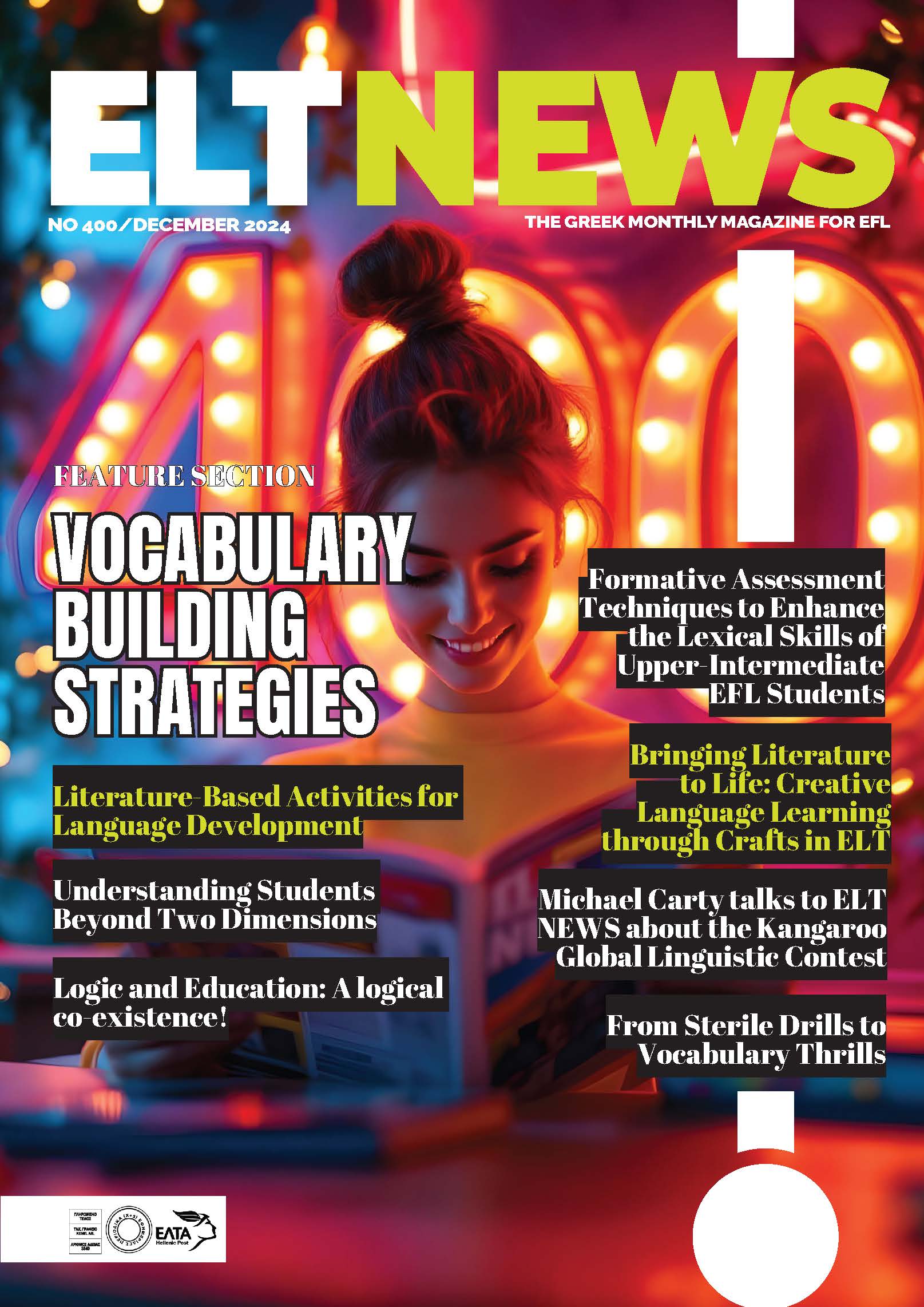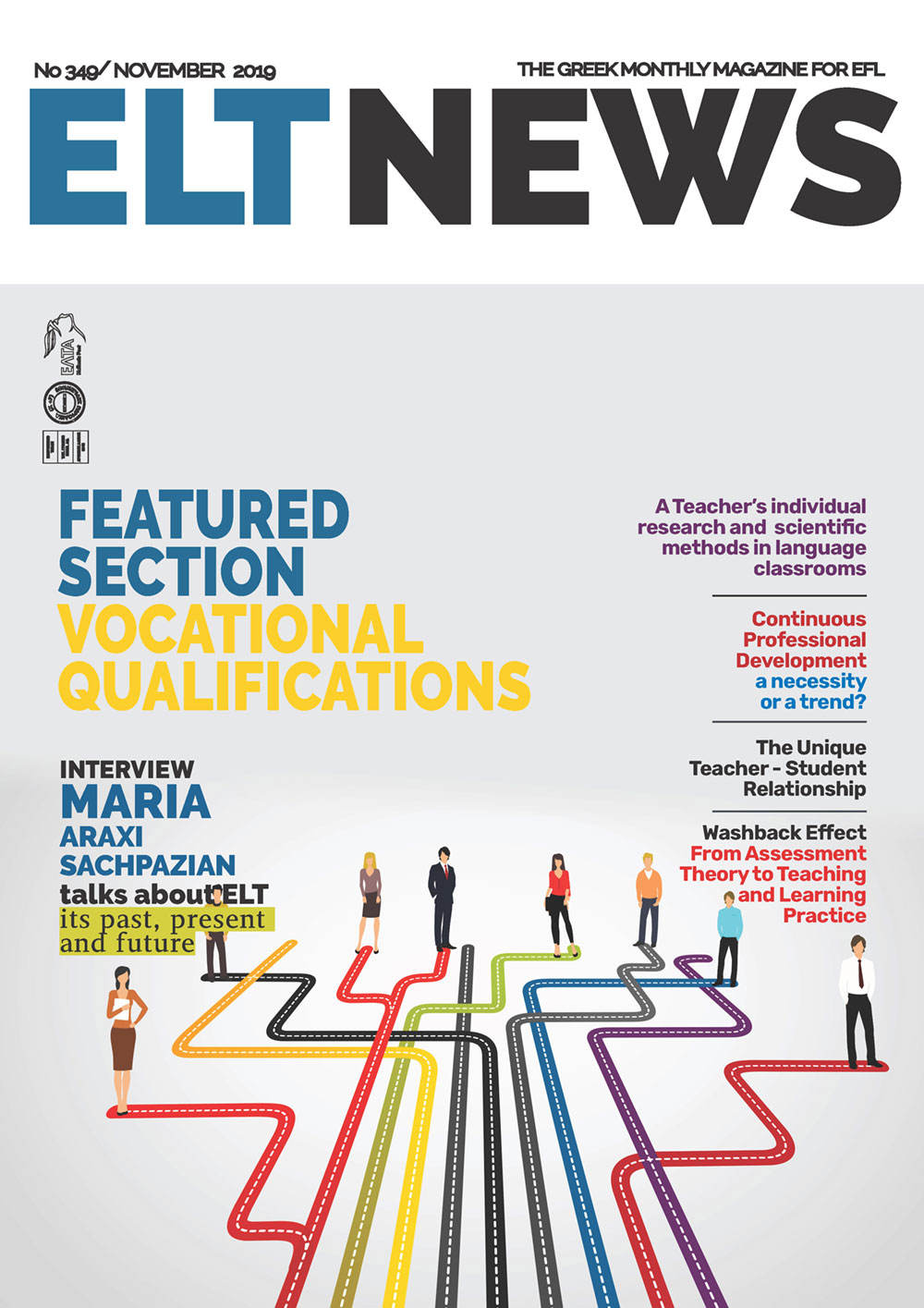A vocabulary item is considered fully acquired when a student can use it spontaneously and accurately in the context where it was taught. Therefore, claiming, “I taught ten words in yesterday’s lesson,” can be misleading. While you may have introduced those words and guided students to practice them, their ability to recall the words in isolation—or even in a few learned sentences—does not equate to acquisition. Vocabulary acquisition requires extended practice over weeks, or even months, within diverse contexts.
Word Learnability
The learnability of a word refers to the level of difficulty it presents to learners. For example, long, polysyllabic words with unfamiliar sounds are harder for beginners to retain. Similarly, abstract or connotative terms pose greater challenges compared to concrete or denotative lexis. On the other hand, cognates are often easier to recognize. When determining how many words to teach, the learnability of each word is a crucial factor to consider.
Shallow vs. Deep Processing
The teaching method significantly affects how many words you can effectively teach. Words subjected to deeper semantic processing are more likely to be remembered in the long term. Deep processing activities might include linking new words with prior knowledge, categorizing words, finding opposites or synonyms, writing definitions, inferring meanings from context, creating mnemonics, or identifying the “odd one out.” These methods deepen understanding and enhance recall.
Time, Recycling, and Learning Habits
The number of words you can teach depends on how much time and how many opportunities you have to recycle them during the lesson and in subsequent sessions. Vocabulary retention demands repeated exposure, so the more words you introduce, the more effort is required in follow-up lessons to ensure their reinforcement. Without this recycling, the vocabulary taught may be forgotten, rendering your efforts less effective.
Chunks
Teaching chunks—phrases or groups of words commonly used together—is a highly productive strategy. Chunks provide learners with ready-to-use language while also offering material for analysis later on. Additionally, chunking allows for more efficient vocabulary instruction since working memory can handle 7±2 items at once (Miller, 1956).
Chunking and Word Awareness
Chunks also enhance vocabulary acquisition in other ways. Once a chunk is broken down, and students are taught its underlying grammatical patterns (e.g., “I want you to [do something]”), they can use these patterns repeatedly with new vocabulary. This process expands the generative potential of the chunk.
Teaching students morphological patterns (e.g., prefixes, suffixes) and syntactic structures (as opposed to isolated grammar rules) increases their ability to learn new words. By “hooking” unfamiliar vocabulary to these patterns, students can internalize new words more efficiently. In first-language acquisition, this process occurs rapidly, and it plays a similarly vital role in second-language learning.
Word Awareness
Word awareness refers to students’ ability to analyze how words work: their relationship to other words (e.g., synonyms, antonyms, collocations), their grammatical role (e.g., noun, adjective), and their structure (e.g., prefixes, suffixes, or connections to words in the learners’ native language). Word awareness supports chunking and, by extension, vocabulary acquisition.
Fostering word awareness in your classroom doesn’t require extensive preparation. Instead, it involves asking targeted questions, such as: “Is this word an adjective or a noun?” “Does this word remind you of one in your language?” or “Why does this word end in ‘-ly’?” Though research into word awareness (or word consciousness) is limited, many scholars suggest that emphasizing it can significantly boost vocabulary learning. The more word-aware your students are, the more words you can successfully teach.
The Role of Students
Ultimately, your students provide the clearest indication of whether your vocabulary teaching is effective. Regular assessments reveal how much of the vocabulary taught is retained or forgotten.
Students’ proficiency levels are another key consideration. More advanced learners are better equipped to use conscious and subconscious strategies to acquire vocabulary. Additionally, motivation plays a pivotal role; it heightens cognitive engagement and emotional connection, both of which enhance memory. Thus, making vocabulary instruction fun and relevant to your students’ lives and interests increases the likelihood of successful acquisition.
Conclusion
The number of words you can teach in a lesson depends on multiple factors, including word difficulty, teaching methods, recycling opportunities, and student motivation. By incorporating deep processing, leveraging chunks, fostering word awareness, and tailoring instruction to students’ needs and interests, you can maximize the effectiveness of your vocabulary teaching. Ultimately, quality matters more than quantity, as true acquisition takes time and careful practice.



